13 Amazing Facts You Didn’t Know About The Glass Octopus
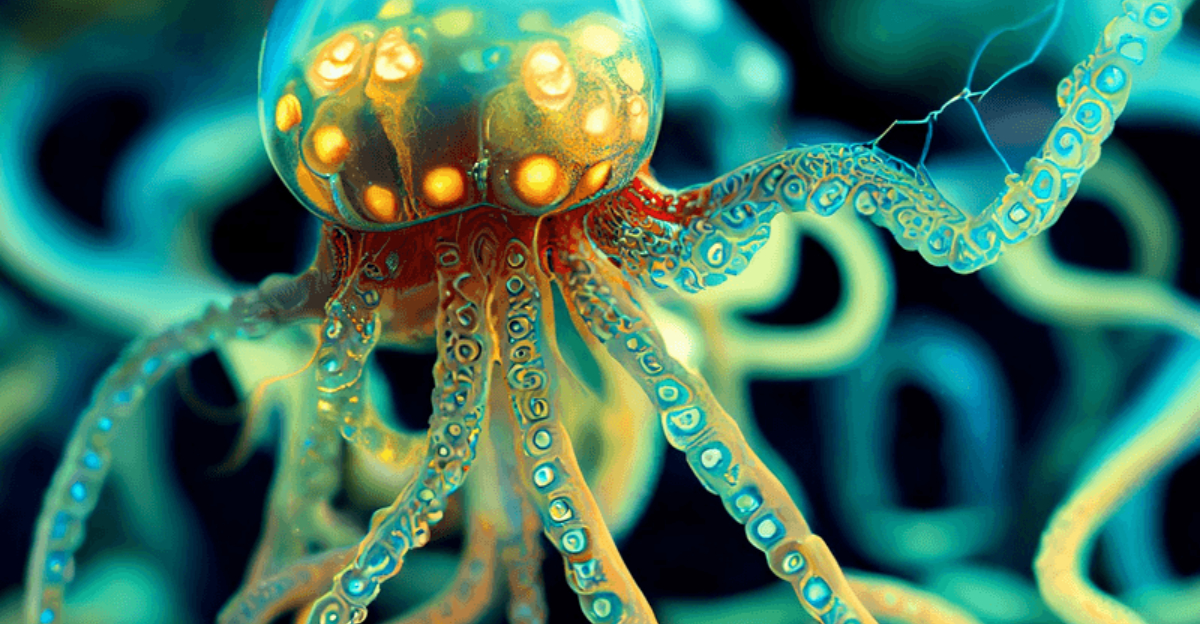
The glass octopus is a fascinating and elusive marine creature, known for its almost transparent body that helps it blend perfectly into the ocean’s depths.
Officially called *Vitreledonella richardi*, this incredible animal has captivated both scientists and ocean lovers. Its near-invisible appearance and unique traits make it a subject of endless intrigue.
1. Scientific Discoveries
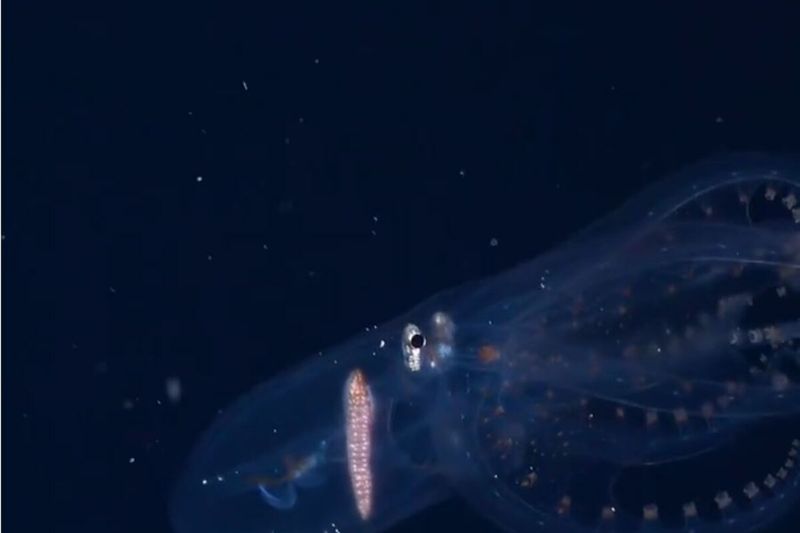
The glass octopus remains a fascinating subject of scientific discovery, with researchers uncovering more about its biology and behavior.
Thanks to technological advances, scientists can now observe this elusive creature in deeper, previously unreachable waters.
Every new finding provides valuable insights into its adaptations and lifestyle.
From its feeding habits to its reproductive strategies, ongoing research is slowly revealing the complexities of its existence.
2. Adaptation To Pressure
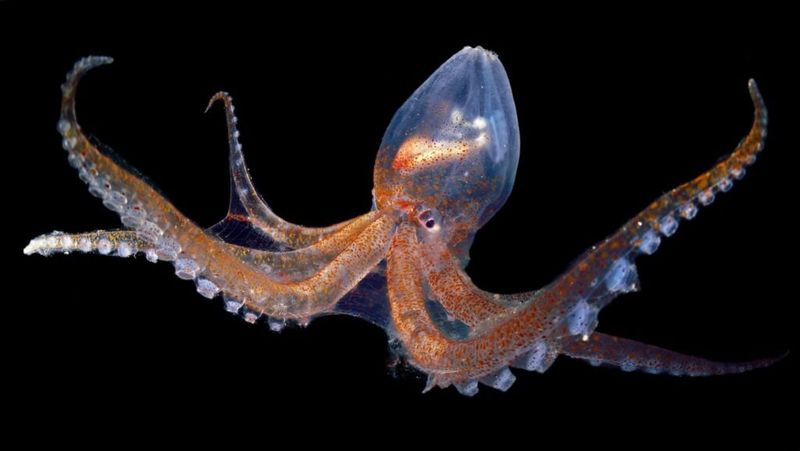
Living in the deep sea, the glass octopus has adapted to withstand extreme pressure levels. Its flexible and gelatinous body structure allows it to survive in an environment that would crush many other marine species.
This adaptation is vital for its survival.
It enables the glass octopus to explore a vast range of depths in search of food and shelter, showcasing its incredible resilience and tenacity in one of the world’s most challenging habitats.
3. Deep-Sea Habitat
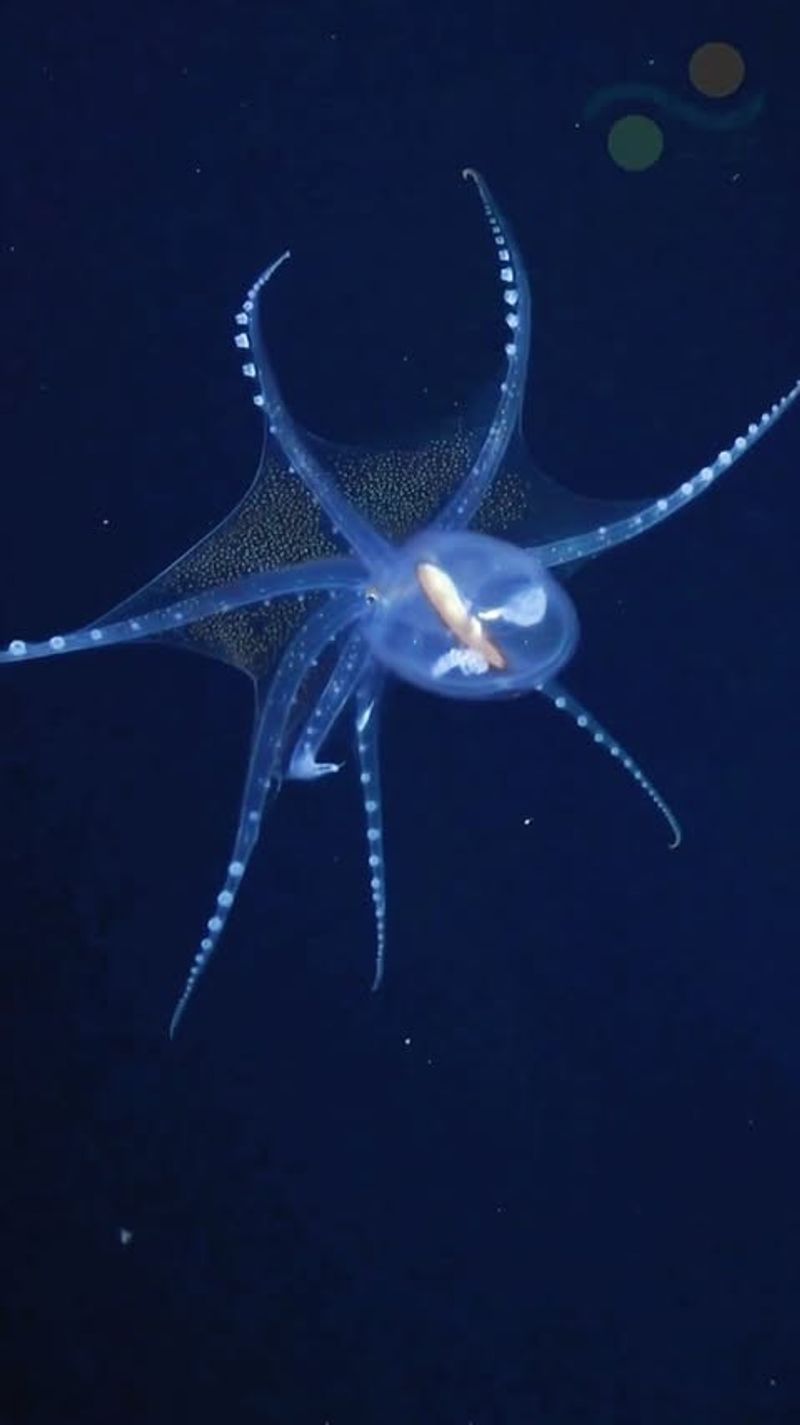
The glass octopus lives in the dark, mysterious regions of the ocean, between 200 and 1000 meters below the surface.
These deep zones offer a unique and challenging environment for this remarkable creature.
With little light reaching these depths, the glass octopus thrives in an eerie, low-light world. This darkness helps it stay hidden from both predators and prey.
The deep-sea is full of mysteries, and the glass octopus is one of its most fascinating residents.
4. Slow Swimming
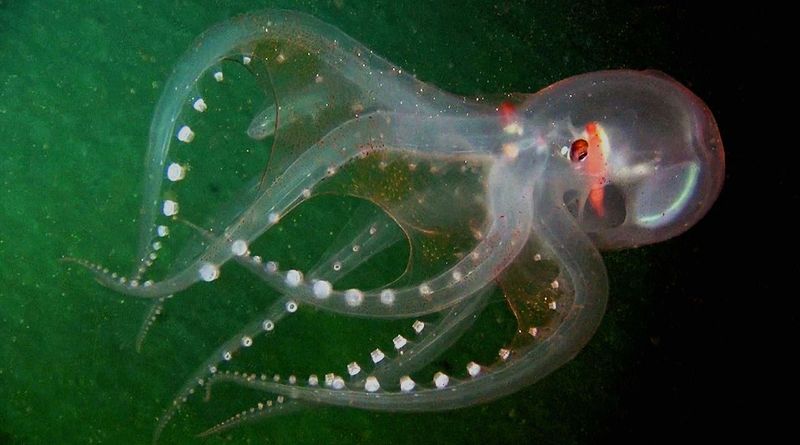
The glass octopus isn’t built for speed. It moves with slow, graceful contractions, gliding gently through the water.
This deliberate swimming style helps conserve energy, essential for life in nutrient-poor deep waters.
By moving slowly, the glass octopus can travel farther without using too much energy. Its unhurried pace also helps it avoid predators.
5. Rare Encounters
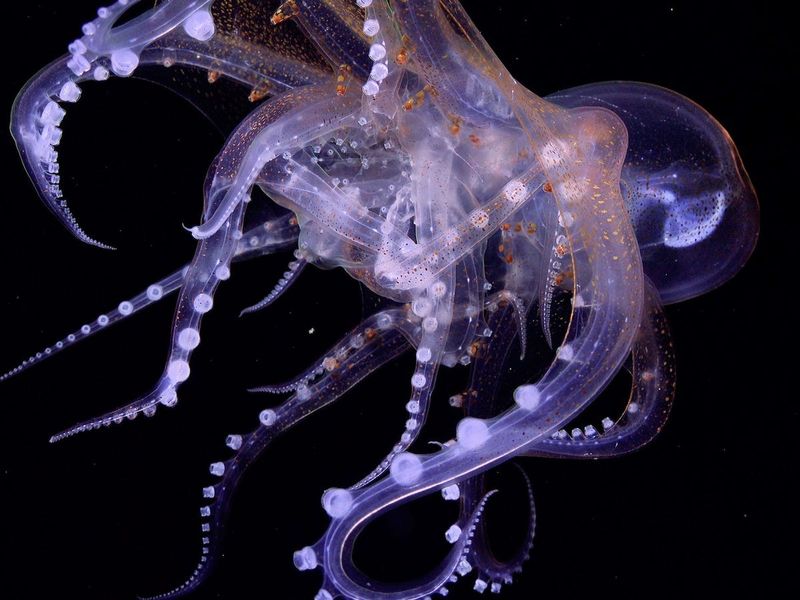
Spotting a glass octopus is a rare and thrilling experience for marine researchers and divers. Its elusive nature makes sightings infrequent, adding to the creature’s mystique.
When one is spotted, the glass octopus captivates with its ghostly look and graceful movements.
These rare moments offer scientists a chance to study its behavior and ecology up close.
The scarcity of sightings highlights the challenges of understanding this mysterious species.
6. Reproductive Behavior
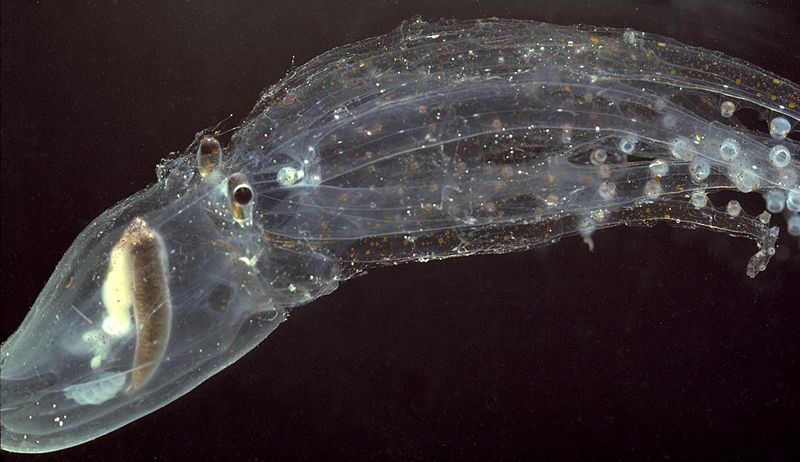
The reproductive behavior of the glass octopus is still somewhat mysterious, thanks to its elusive nature. What we do know is pretty fascinating, though!
During mating, males and females engage in close contact, with males transferring spermatophores to the females to fertilize her eggs.
Once fertilized, the female lays her eggs in the safety of the deep ocean, where they develop.
7. Survival Mechanisms
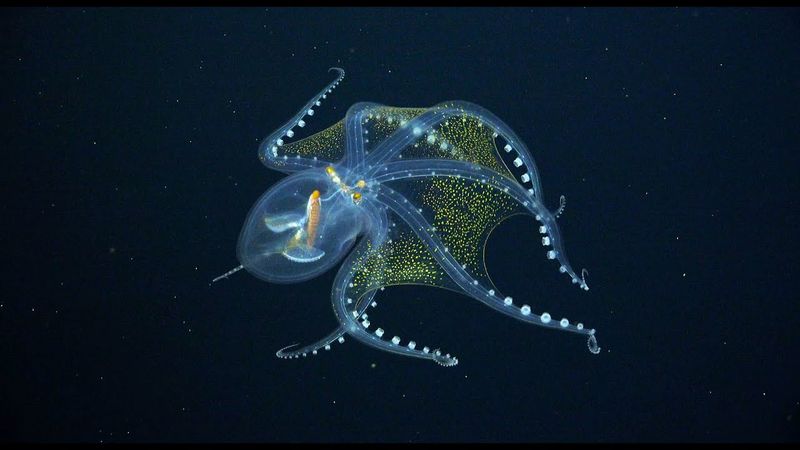
Surviving in the deep ocean requires some serious adaptations, and the glass octopus has mastered this.
Its transparency helps it blend seamlessly into the water, making it nearly invisible to predators.
When threatened, the glass octopus can remain motionless, further reducing the chances of being spotted.
These clever survival tactics show how well it’s evolved to thrive in the deep sea.
8. Bioluminescence
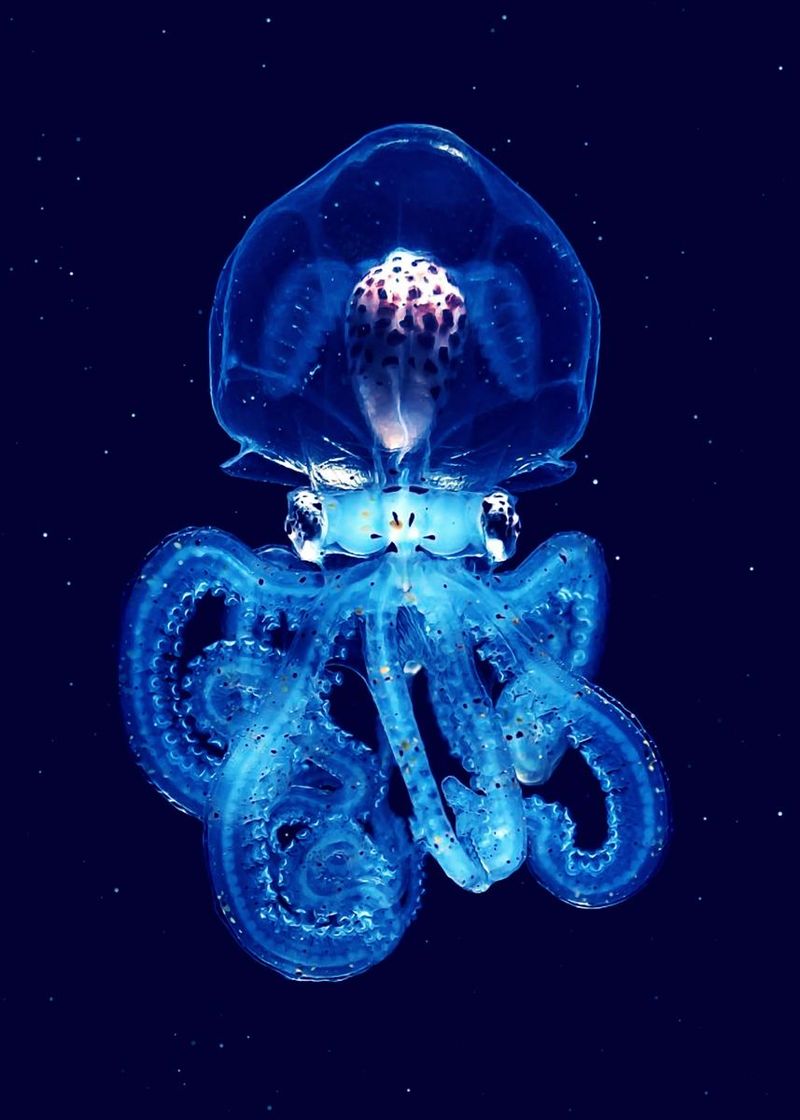
The glass octopus may not be as flashy as other deep-sea creatures, but it has a subtle bioluminescent glow.
This faint light likely helps camouflage its silhouette from predators lurking below.
Though we don’t fully understand it, the glow could also confuse predators or attract mates. There’s still much to discover about this fascinating feature.
9. Anatomical Wonders
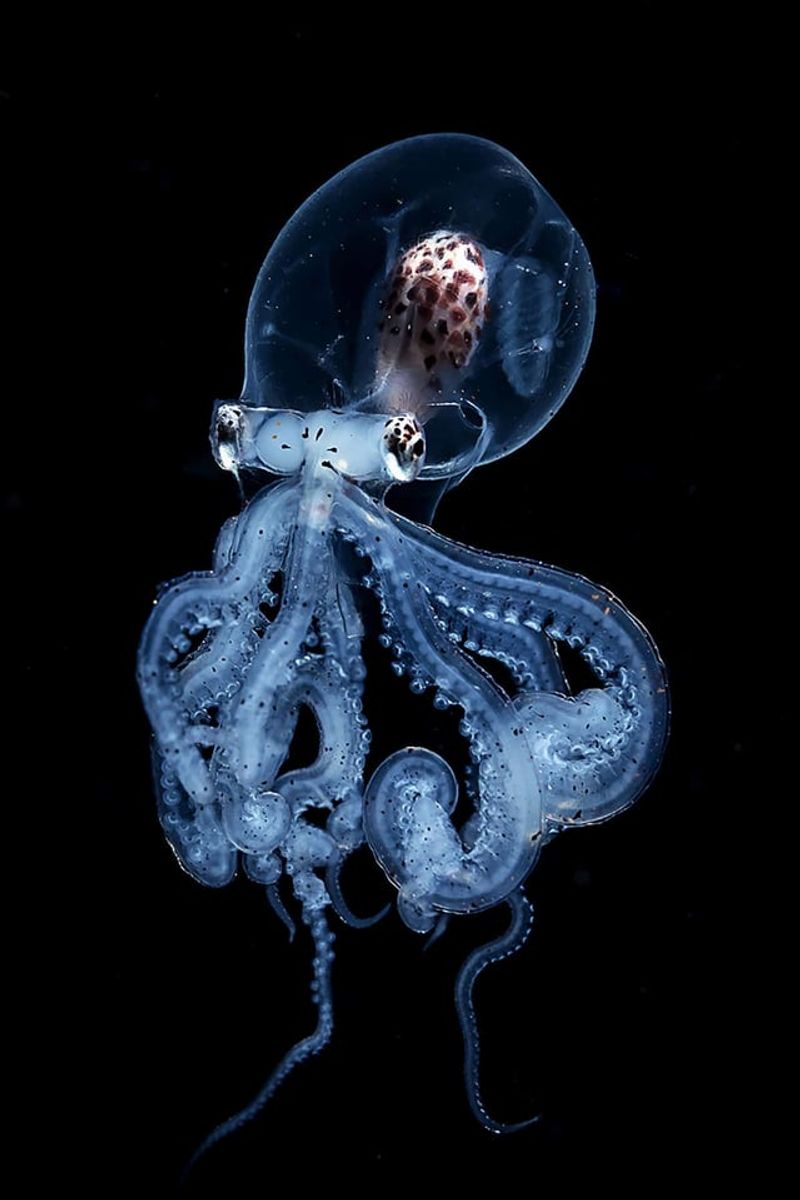
The anatomy of the glass octopus is a marvel in itself. Its nearly transparent skin provides a clear view of its internal organs, which is a rare feature among cephalopods.
This transparency helps it remain undetected in the vast ocean.
Interestingly, its eyes are opaque and rectangular, protruding from its head like small periscopes. This unique eye structure allows it to spot prey and predators from a distance, adding to its list of amazing adaptations.
10. Translucent Anatomy
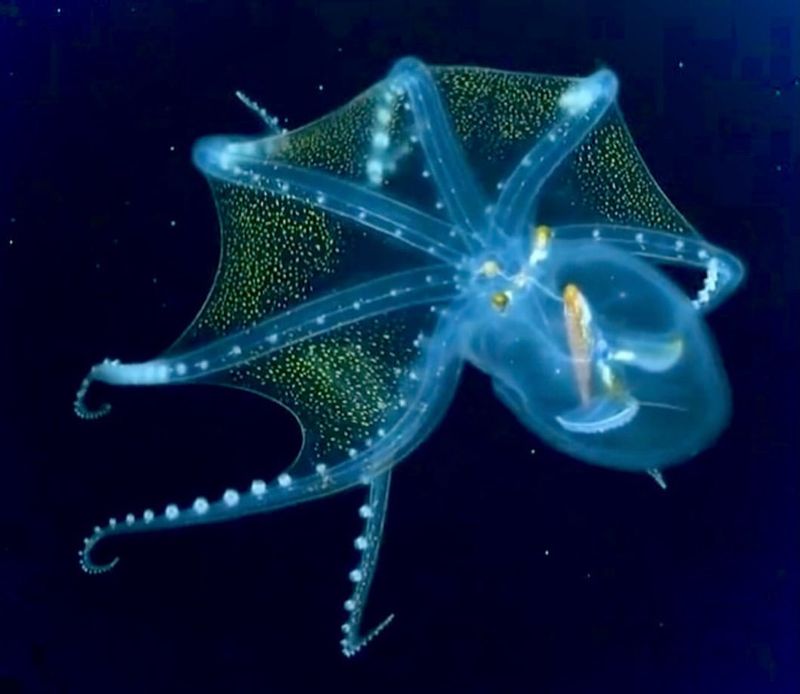
The glass octopus is a master of invisibility, with a nearly see-through body that lets it blend into the ocean.
Its gelatinous flesh acts as the perfect camouflage, helping it stay hidden from predators.
With few visible features, you can only spot its optic nerve and digestive tract against its transparent body. This cool survival trick helps it avoid being detected in the vast ocean.
11. Unique Feeding Habits
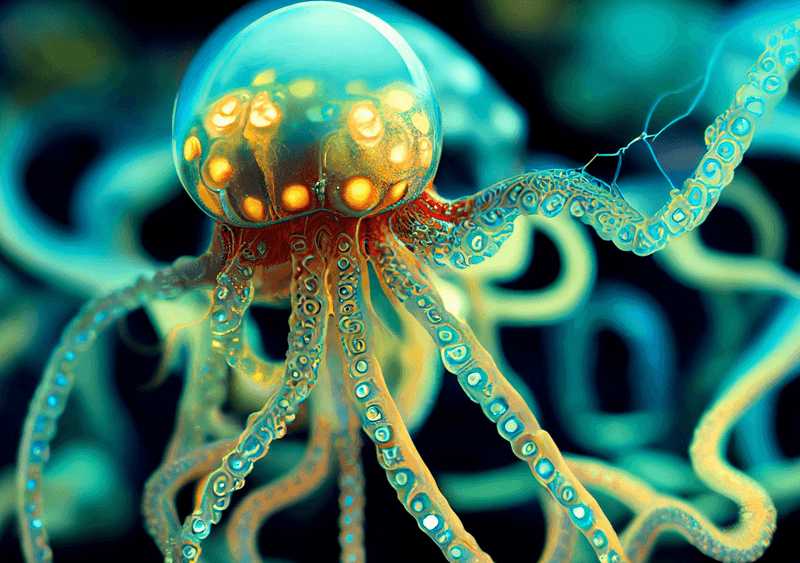
Feeding in the deep sea is no easy task, but the glass octopus has it figured out. It uses its long, flexible arms to catch small prey like crustaceans and fish.
Equipped with suckers, the octopus can grasp and guide its food toward its mouth. This clever technique lets it efficiently catch meals in the tough conditions of the deep ocean.
The glass octopus’s feeding habits highlight its impressive adaptation to its environment.
12. Predator Avoidance
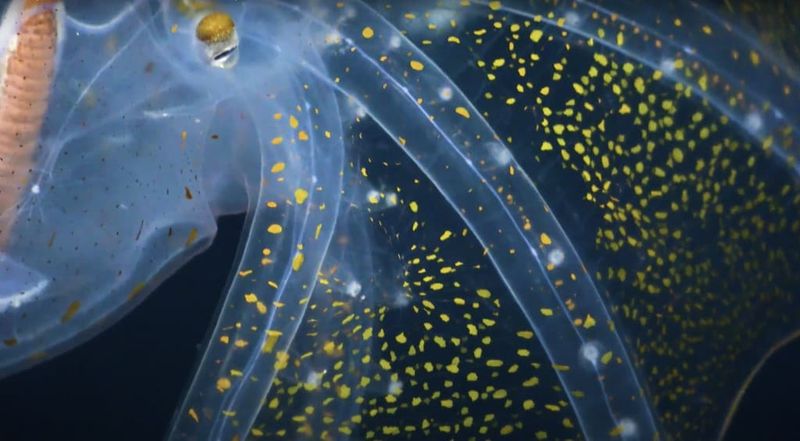
The glass octopus has honed a sharp ability to avoid predators, crucial for surviving in the open ocean.
Its transparency is its main defense, letting it blend perfectly into the surrounding water.
In addition to blending in, it can remain motionless, making it harder for predators to spot. Its slow movements also trick predators into overlooking it as a potential meal.
13. Unique Physiology
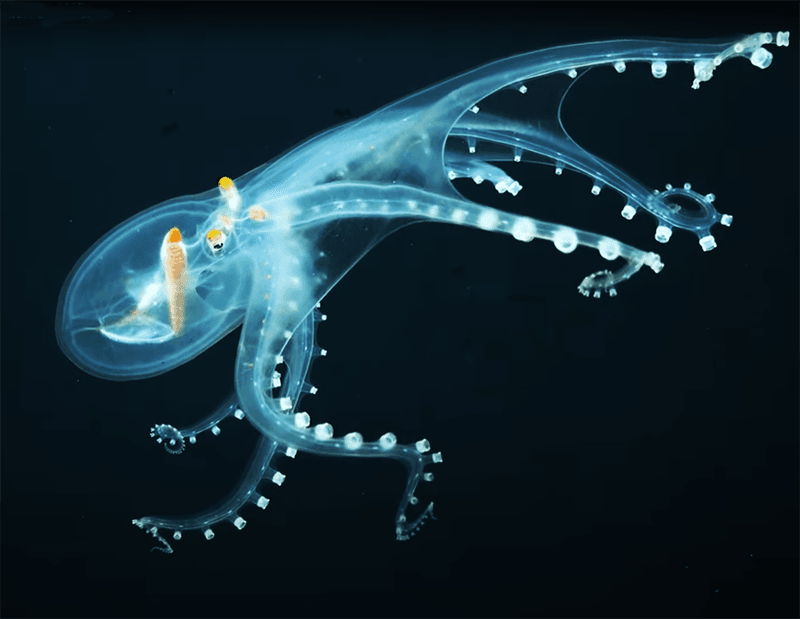
The glass octopus has a unique physiology that showcases its evolutionary adaptations for survival. Its transparent body minimizes structure, casting no shadows in the ocean’s dim light.
This minimalism also extends to its internal organs, compactly arranged to avoid detection by predators. Its streamlined body enhances its stealth, giving it an advantage in the deep-sea environment.
Understanding the glass octopus’s physiology helps us grasp how such an ethereal creature thrives in the ocean. It offers a glimpse into the fascinating wonders of marine evolution.






